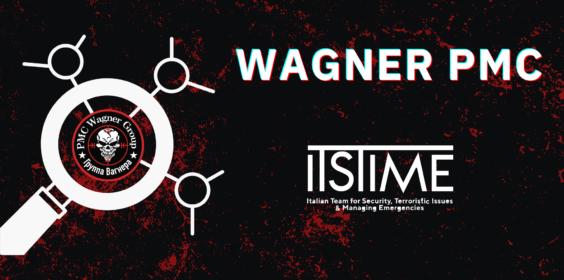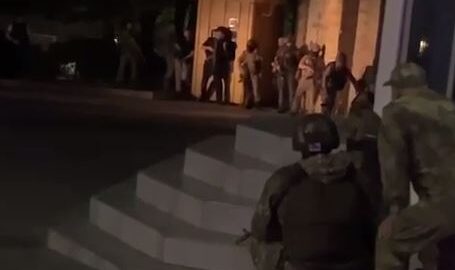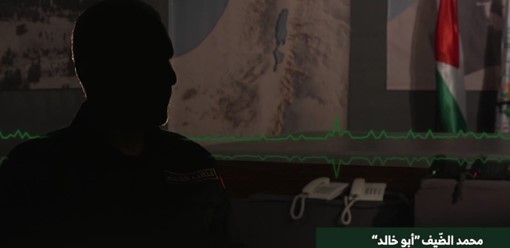L’attentato islamista di domenica 23 giugno in Daghestan ha causato la morte di 15 appartenenti alle forze di sicurezza (Polizia e Guardia Nazionale), due civili (tra cui il sacerdote Nicolai Kotelnikov, sgozzato dai terroristi), oltre al ferimento di una trentina di persone.
Continue reading
The Attack Against Donald Trump: Hate Narratives, the Shooter, and Security Gaps – by Maria Chr. Alvanou
The attack against President Trump has brought to the surface once again the issue of political assassinations. The United States of America is not immune as a country to such events in its political history.















